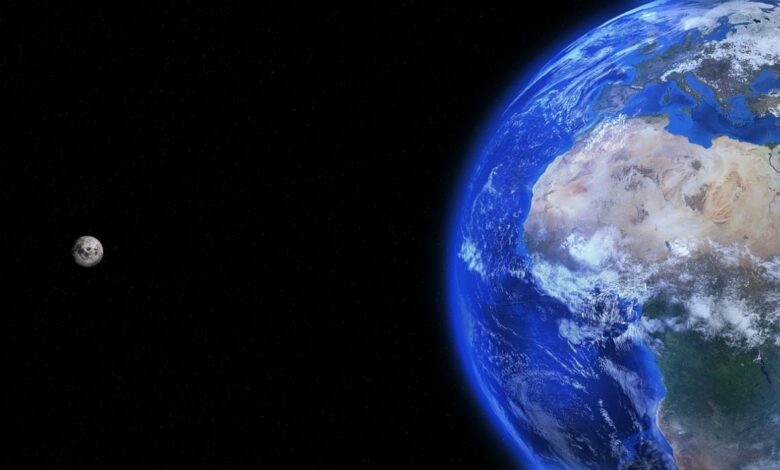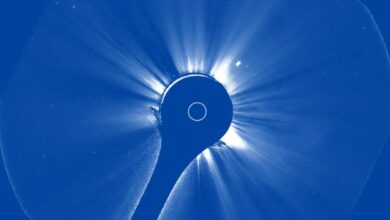Earth’s mini-moon 2024 PT5 will be leaving us soon!

Earth recently captured a small asteroid known as 2024 PT5, temporarily turning it into a second moon. This rare event was confirmed by astronomers from the Massachusetts Institute of Technology (MIT) and the Complutense University of Madrid, offering a glimpse into these elusive ‘mini-moons’ that Earth occasionally orbits. However, Earth’s newly acquired companion is not here to stay. 2024 PT5 is expected to escape Earth’s gravity within weeks, in mid-November, and resume its journey around the Sun.
How scientists discovered 2024 PT5
This asteroid was first identified on August 7, 2024 by NASA’s Asteroid Terrestrial-impact Last Alert System (ATLAS) at the Haleakala Observatory in Hawaii. Subsequent observations were made by astronomers from Complutense University using a powerful telescope in Sutherland, South Africa. Although such temporary moons have been observed before, they are typically difficult to detect due to their small size and fleeting appearance.
Richard Binzel, a renowned astronomer at MIT, emphasized that these passing moons are now easier to track with advanced telescope technology. “We are only beginning to observe these small objects with enough regularity to learn more about them,” he explained. As Earth.com reported, the 2024 capture of PT5 has piqued the interest of astronomers eager to study objects near Earth in more depth.
Why mini moons are important
While our primary moon spans an impressive 3,450 kilometers in diameter, 2024PT5 is only 11 meters wide, making it invisible without a telescope with a diameter of at least 90 centimeters. The limited visibility of these minimoons shows us how difficult it is to observe them. As noted by William Blackmore, director of the Planetarium and astronomy instructor at Mount Hood Community College, “each mini-moon provides a unique learning opportunity.” He pointed out that by studying these objects, scientists can develop better methods for monitoring potential asteroid threats to Earth.
Potential for future exploration
While the chances of mining such asteroids remain slim, Blackmore envisions future missions using probes or satellites to monitor these fleeting visitors. Understanding minimoons like 2024 PT5 could pave the way for intercepting larger asteroids in the future, a crucial step in protecting Earth.
In a few weeks, PT5 will leave Earth’s orbit in 2024.




